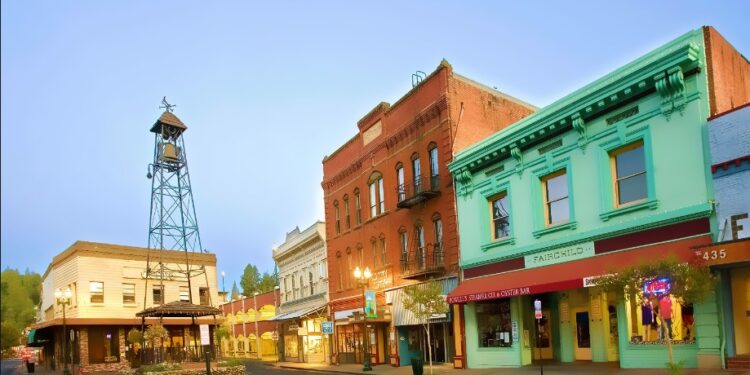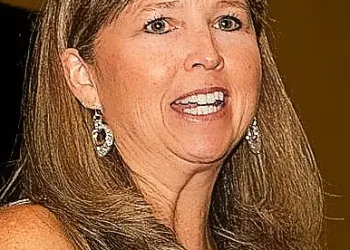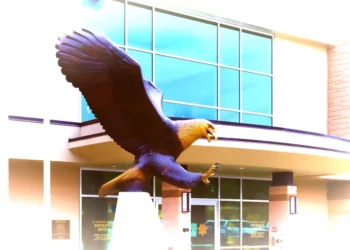By Cris Alarcon, InEDC Writer. (May 29, 2025)
PLACERVILLE, Calif. — Once a bustling hub of commerce and community gatherings, Placerville’s historic Main Street now faces a series of economic challenges that threaten its vibrant character. A combination of rising operational costs, shifting consumer behaviors, and unforeseen events has led to a noticeable decline in local businesses.
In recent months, several longstanding establishments have closed their doors. Notably, Round Table Pizza at 512 Main St. ceased operations in July 2024, leaving a void in the downtown dining scene . Similarly, Rocker Oysterfeller’s at 564 Main St. announced its permanent closure in August 2024. Cascada Restaurant . Placerville Biergarten These closures are indicative of a broader trend affecting the area.
Placerville’s historic charm remains intact, but local businesses have been facing serious headwinds. Here’s a brief breakdown of what’s impacting the area:
1. Foot Traffic Decline
Main Street has seen fewer visitors in recent years, partly due to competition from larger retail centers and the growing popularity of e-commerce. Weekday sales have particularly slumped, and even weekends aren’t what they used to be.
2. Caldor Fire Aftermath
The 2021 Caldor Fire hit the region hard, displacing residents and reducing tourism. Recovery has been slow, and some evacuees never returned. The emotional and economic scars still linger.
3. High Operating Costs
Rents, insurance, and utilities in El Dorado County — especially for historic buildings — continue to rise. For independent restaurants and retailers like the Placerville Public House, those margins are razor-thin.
4. Labor Shortages
Many shops and eateries struggle to maintain staffing levels. The cost of living in the Sierra foothills has priced out many younger workers, and there’s a persistent shortage of skilled hospitality staff.
5. Regulatory Pressure
Business owners have cited burdensome regulations and slow permitting processes at the county and state level. For example, renovations in historic buildings must meet modern codes, adding complexity and cost.
6. Shifting Demographics
An aging population, declining birth rates, and fewer young families moving in have changed the customer base. While retirees support some sectors, others — like nightlife or youth-oriented shops — struggle.
Local officials acknowledge the challenges but remain optimistic.
“We have some vacancies, but that’s normal as different stores change out over the years,”
said City Manager Cleve Morris. He emphasized that the city still boasts over 50 businesses on Main Street, ranging from restaurants to boutiques .
The Placerville Economic Advisory Committee (PEAC) has been actively discussing strategies to revitalize the downtown area. In their August 2024 meeting, members highlighted the importance of encouraging local patronage.
“We need locals to come to Main Street, not just tourists,”
remarked Member Windle, emphasizing the need to change the narrative and promote available parking .
Efforts to boost the local economy include discussions about launching a “buy local” campaign and exploring ways to support new businesses. However, budget constraints have limited the implementation of some initiatives. For instance, while there was consideration of hiring The Retail Coach for economic development services, the $45,000 cost was deemed prohibitive at the time .
Despite these challenges, there are signs of resilience. A Folsom-based coffee shop announced plans to open a new location in downtown Placerville, signaling continued interest in the area . Community events, such as efforts to revive Oktoberfest after its sudden cancellation, also demonstrate the community’s commitment to revitalizing Main Street .
As Placerville navigates these economic headwinds, the collective efforts of city officials, business owners, and residents will be crucial in shaping the future of its historic downtown.










